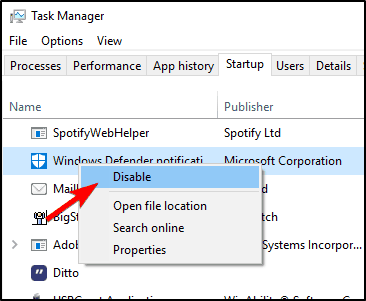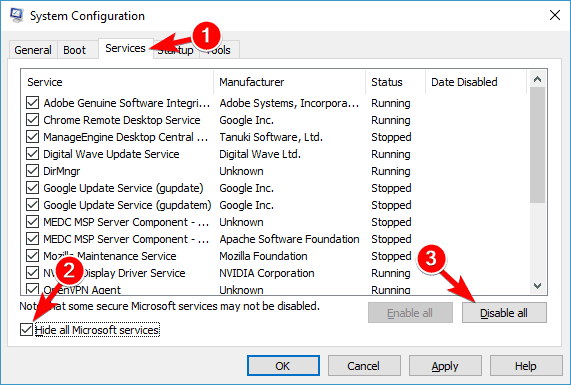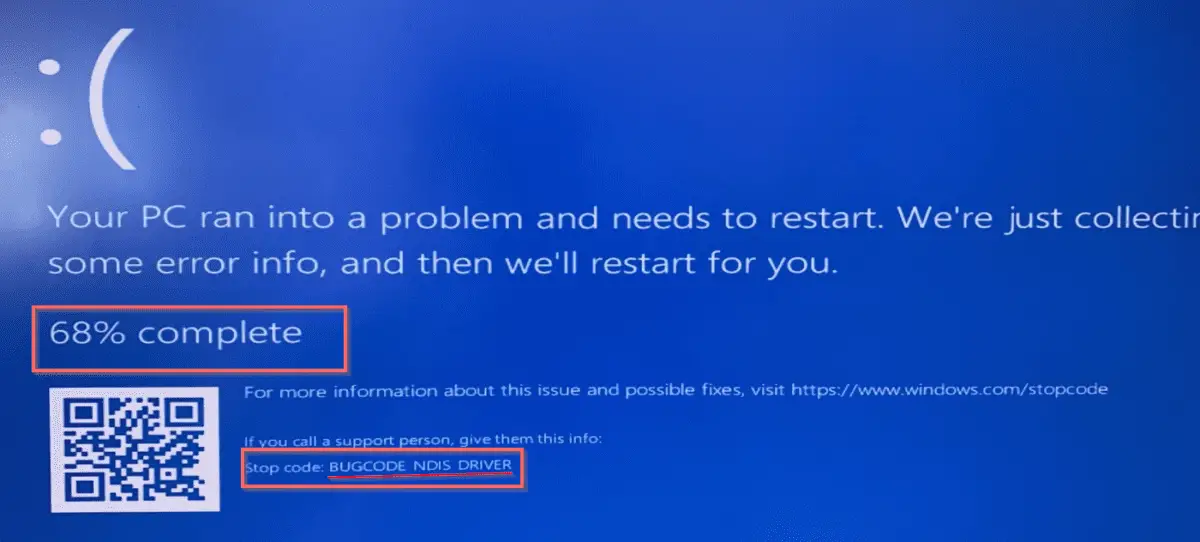

- DOMINOS SITE BUGCODE NDIS DRIVER HOW TO
- DOMINOS SITE BUGCODE NDIS DRIVER INSTALL
- DOMINOS SITE BUGCODE NDIS DRIVER DRIVERS
- DOMINOS SITE BUGCODE NDIS DRIVER UPDATE
- DOMINOS SITE BUGCODE NDIS DRIVER DRIVER
On the new window, right click an update and click Uninstall.On the next window, click Uninstall updates.On the right pane, click View update history.However, if you get the BUGCODE_NDIS_DRIVER error after updating your Windows, you can try uninstalling this update. Click Check for updates to get new Windows update.Open Settings and then navigate to Update & Security > Windows Update.If the above methods don't work and your Windows is not up to date, you can try updating Windows. Update Windows or Uninstall Windows Updates Click Run the Troubleshooter to trigger the blue-screen troubleshooting process.ģ.Scroll down the right panel to find Blue Screen.Navigate to Update & Security > Troubleshoot.Press " Windows + I" keys to open Settings.Similarly, this method is available only when your PC can enter Safe Mode or Windows interface. And it can be pretty effective in resolving various BSODs including BUGCODE_NDIS_DRIVER. This troubleshooter can be very helpful to novice users who are not good with the technical aspects of the operating system. There is a special troubleshooter section particularly to deal with BSOD errors.
DOMINOS SITE BUGCODE NDIS DRIVER DRIVER
Then, skip to Driver tab and click Roll Back Driver.
DOMINOS SITE BUGCODE NDIS DRIVER DRIVERS


Step 3: On the new window, press F5 key to choose Enable Safe Mode with Networking option, thus booting into safe mode. Step 2: Navigate to Troubleshoot > Advanced options and then click Startup Settings. Step 1: Power on and off your PC forcibly 3 times or use a Windows 10 installation media to enter WinRE. If you can't enter Windows, please follow the steps below to enable Safe Mode: Sometimes, your PC can enter Windows 10 automatically after the progress bar reaches 100%. Please note that this method is available only when your PC can boot into Safe Mode or the Windows interface. To solve this problem, you can update or roll back network drivers. The BUGCODE_NDIS_DRIVER is often related to network drivers.
DOMINOS SITE BUGCODE NDIS DRIVER HOW TO
Restart the computer after the System Restore process has been completed.Read More How to Fix BUGCODE_NDIS_DRIVER Error 1.

Search for and enter Control Panel, click Recovery, select Open System Restore from the menu options, and follow the instructions and prompts that appear on the screen. To solve the BSOD using System Restore in Windows 8.1, use the mouse to point at the upper right corner of the screen, move the mouse pointer down, and then click Search. You may be required to provide the administrator password when the prompt that asks for it appears on the screen in order to complete the installation.
DOMINOS SITE BUGCODE NDIS DRIVER INSTALL
You can install both the critical and non-critical updates by clicking on Install Updates. Windows will search the Internet for updates that are applicable to the computer, and will present a list on the screen. In the menu that appears on the screen, click Update and Recovery, Windows Update, and then Check Now. To install the latest updates in Windows 8.1, use the mouse to point at the upper right corner of the screen, move the mouse pointer down, click Settings, and then click Change PC Settings. You can resolve the BUGCODE_NDIS_DRIVER_LIVE_DUMP BSOD by installing all the latest updates from Windows Update, and by restoring Windows to an earlier point in time. Some users of Windows 8.1have reported this error, which normally appears on the screen during the initialization of the system. In this situation, no error has been created or reported on the screen, but the computer is forced into a reboot state. This BSOD is also known as “BUGCODE_NDIS_DRIVER_LIVE_DUMP” and “STOP 0x0000015E“. The BSOD is usually caused by hardware and software problems, particularly when a new program or device has been installed prior to encountering the BSOD error. It means that a live kernel dump has been captured by the NDIS (Network Driver Interface Specification), which resulted to the emergency shutdown of the computer to prevent data loss from unsaved work. The BUGCODE_NDIS_DRIVER_LIVE_DUMP BSOD (Blue Screen of Death) error may appear during the initialization process for Windows 8.1 and later versions of Windows.


 0 kommentar(er)
0 kommentar(er)
